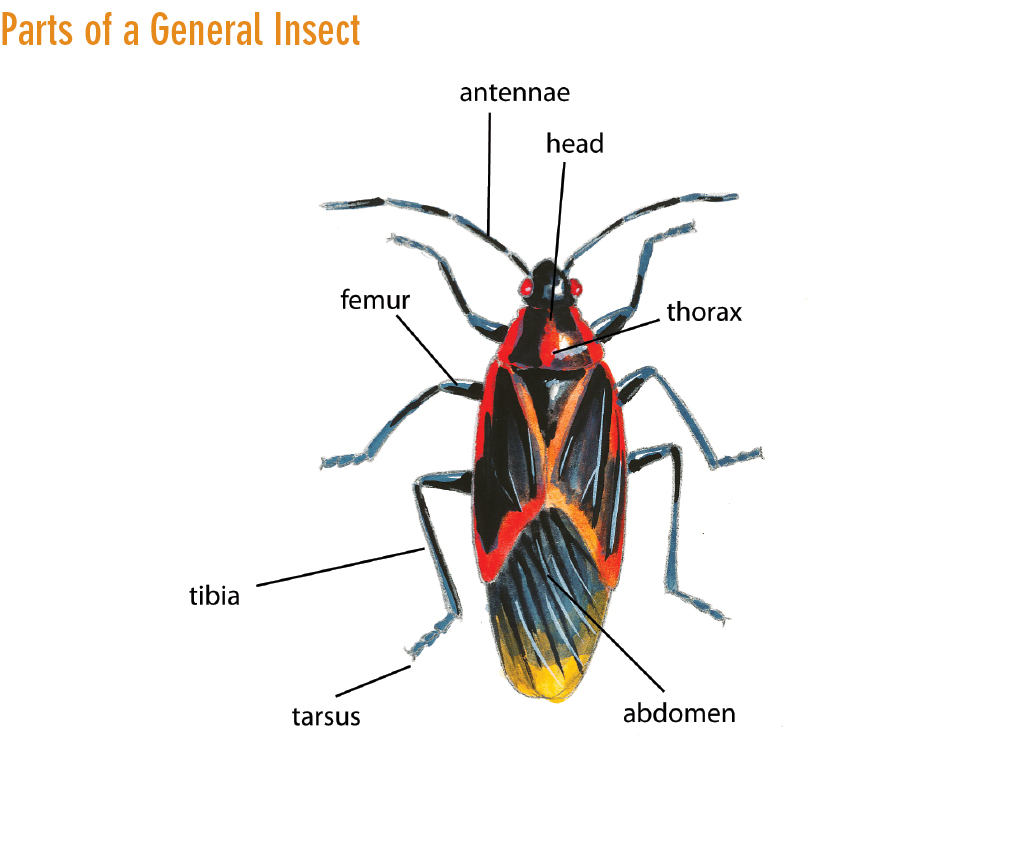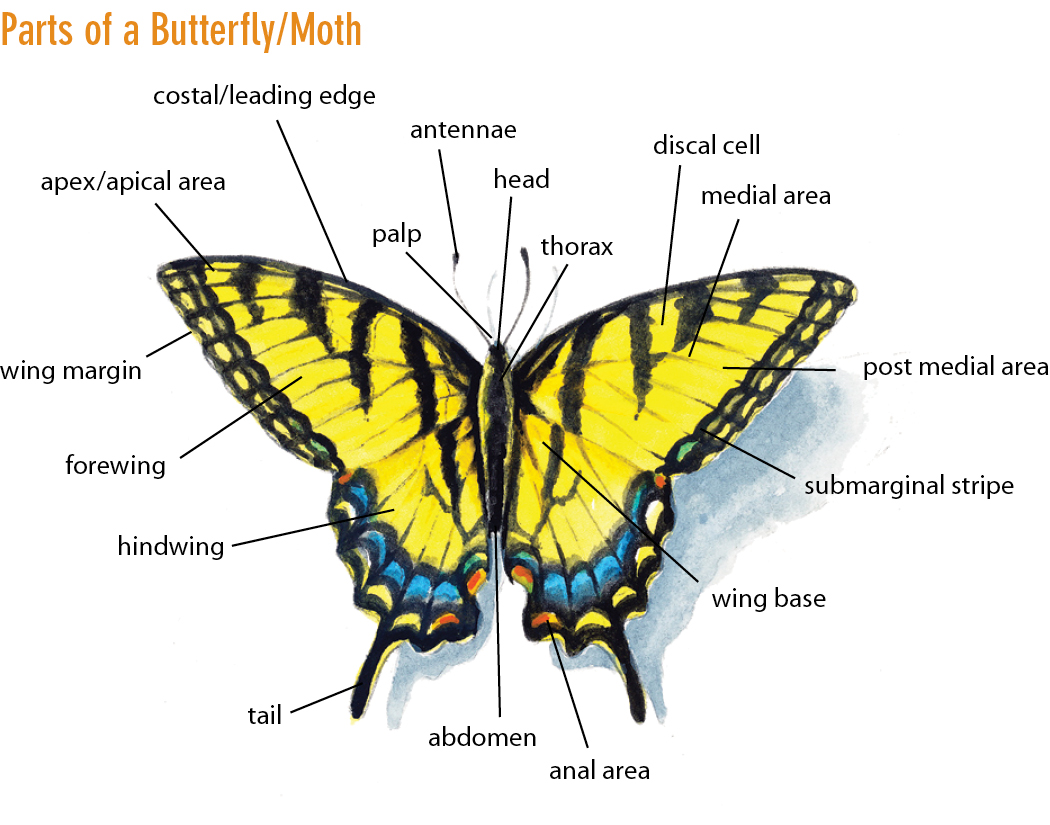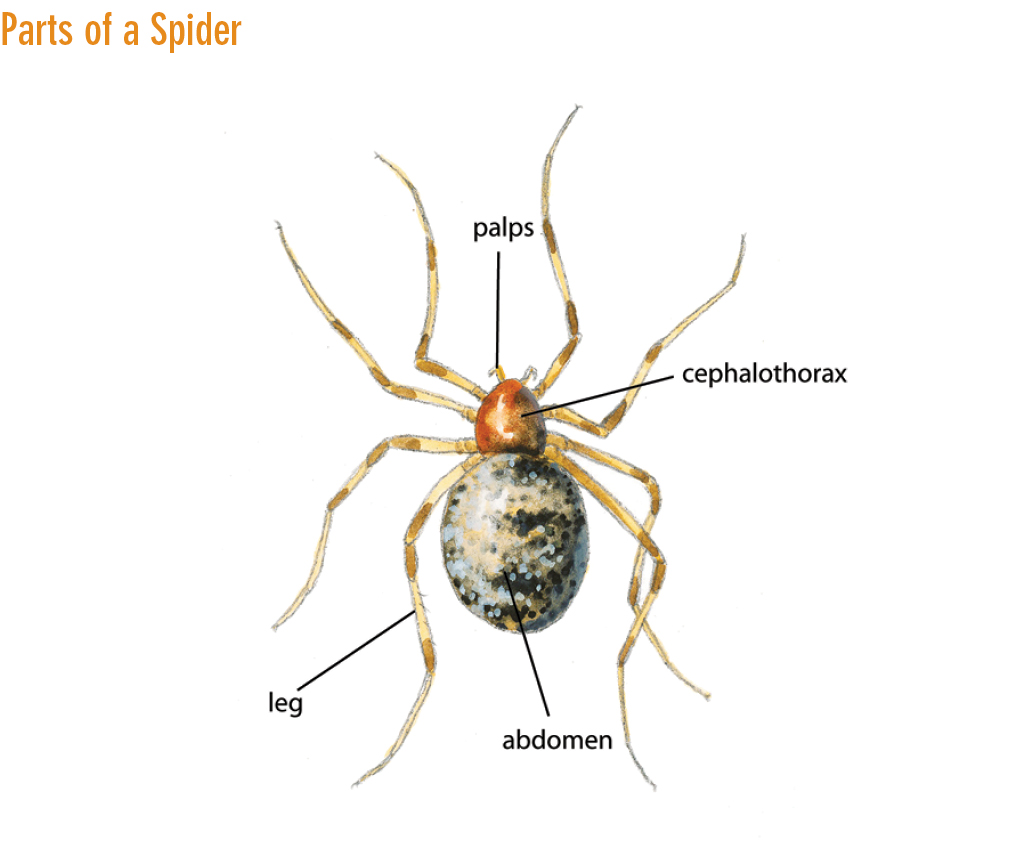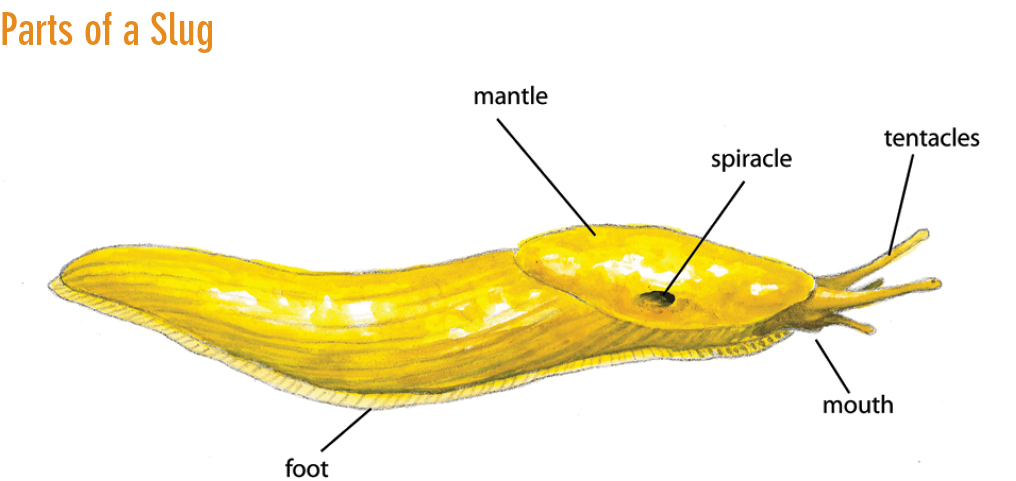
Notes about the Species Accounts
Names
The common name as well as the scientific name are given at the beginning of each entry. Of the two, the universally accepted scientific name of genus and species is the more reliable identifier, because common names tend to vary regionally and sometimes there is more than one, as may be noted in the Description section (see page viii). For those familiar with Latin, scientific names can also provide valuable clues about the species in question. The Dogbane Tiger Moth’s scientific name, Cycnia tenera, is a good example. Cycnia signifies a kind of swan, and tenera means soft or delicate. The translation suggests a moth with soft, swan-like coloring, which in fact is the case.
Orders and Classes
Insects and other invertebrates are grouped into orders and classes based on similar structures, behaviors, and common ancestry. In the Order or Class section you’ll find both the scientific name and the common one for each animal’s group. Once you are familiar with the more common orders and classes and their shared characteristics, you can often place an unfamiliar animal into an order, which will reduce your search to a smaller group.
Size
Sizes given refer to the length of the body, without legs, wings, or antennae. For some winged species, length of wingspan is given, from forewing tip to forewing tip with the wings outstretched. Use these measurements as a general guide to give a sense of the relative size of your subject, noting that there can be quite a bit of variability between different individuals of the same species, and in many cases, between the male and female.
Habitat
Habitat is the general description of the land, climate, and vegetative features within an animal’s range. Some are restricted to a very specific habitat, often tied to a certain food plant or climate, while others are quite general in their requirements.
Range
Range is the geographic area where a species exists. It can be very broad, such as the worldwide area inhabited by the Indian-Meal Moth, or quite limited, like the comparatively much smaller area of Southern California, home to the Desert Tarantula. Range is a helpful diagnostic tool because you can quickly note the species that you are likely to encounter in your area. But also be aware that there are cases when individuals carried by winds, or in migration, are found far from their normal range.
Description
The descriptions give plain-language lists of the general features and lifestyles of adults and larvae, though if scientific terms are needed for better accuracy, they’ll be included. (Diagrams of scientifically labeled insect parts are provided on page ix.) Within each description you’ll find attributes such as body shape and color, style of antennae, hairiness, number of legs, wing shape, general behavior, and feeding habits. In many cases the eggs, larvae, and pupae may also be described.
Illustrations
The illustrations show the upper side of an average specimen of each species. Use them as a visual guide to overall shape, color, and patterning, bearing in mind that there may be considerable variation in appearance among individuals, particularly between males and females, or for species that have distinct forms in different ranges. For some large groups, such as the earthworms or millipedes, only one representative species is illustrated.



